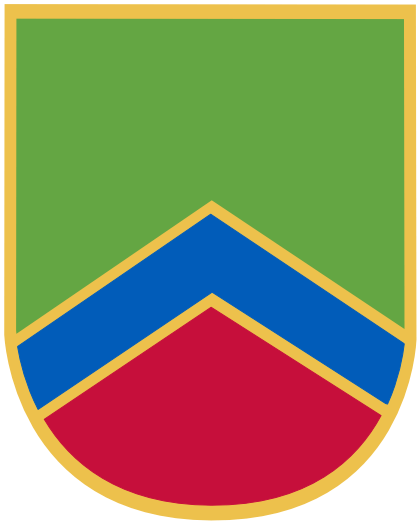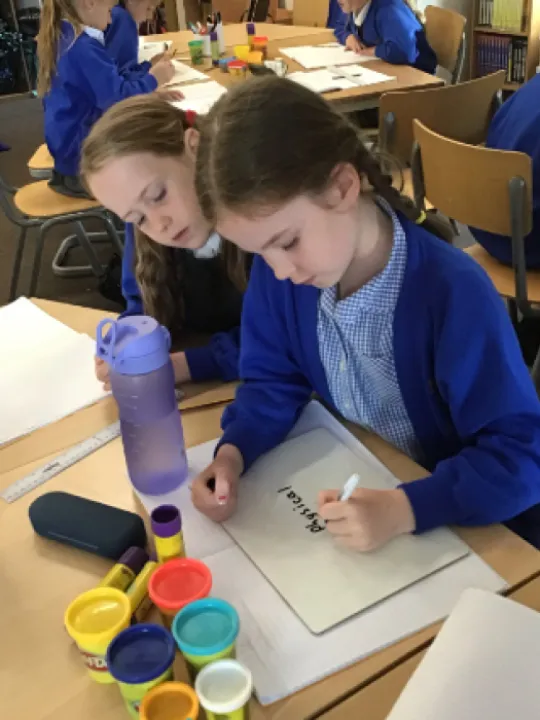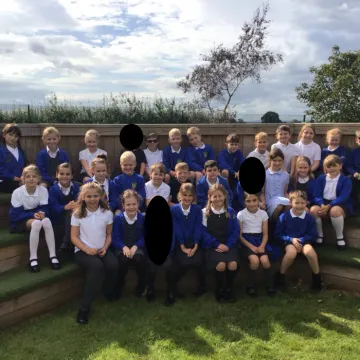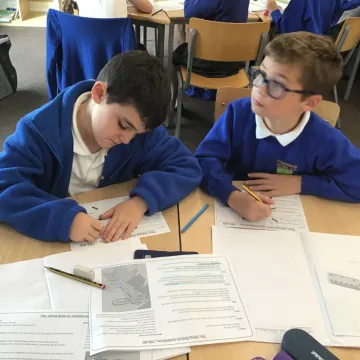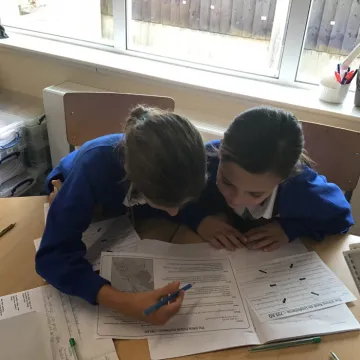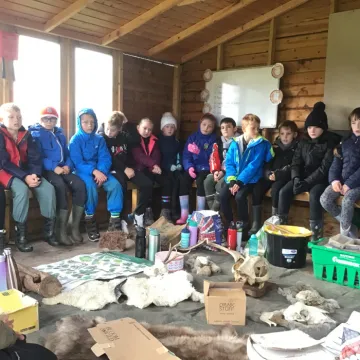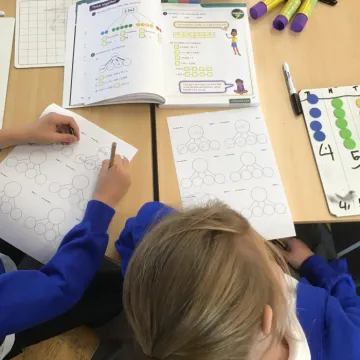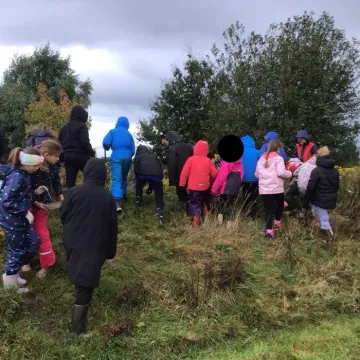Year 4 Weekly News 13.9.24
Our Maths knowledge has grown to learn more about the place value of 4 digit numbers. We have continued to use place value charts, counters and base ten resources to represent and compare numbers. Our practical resources were very helpful when we compared the value of numbers and we could also use a part whole model to show the value of each digit. Understanding how we can partition numbers into 1000, 100, 10 and 1 and flexibly – which simply means into groups of numbers with different values. We have then moved on to using place value grids to find 1, 10, 100 and 1000 more or less than any given number. We ended our week by completing an arithmetic quiz, recalling Y3 skills.
In English, we have enjoyed getting to know our new example text. Exploring the new vocabulary like ominous, elusive and unkempt has given us lots to talk about. In our sentence accuracy lessons, we have learnt about expanded noun phrases, using alternative pronouns and the use of fronted adverbials. We have then been gathering our ideas for our setting descriptions. Focusing on the use of expanded nouns phrases, similes and fronted adverbials, we have written amazing pieces!
Our reading focus this week has been comprehension. Our non fiction text 'Explore' was all about Vikings. Within each lesson, we have been answering questions and looking at the layout and features usually found in non fiction texts. We have also focused this week on what the Vikings did, how they were great travelers and what they did for entertainment.
In Geography, we enjoyed creating series of play dough models to show our understanding of coastal formations. We watched a stop motion video to learn how bays and headlands are formed and then went on to learn how erosion can create cracks, caves, arches, stumps and stacks.
We began our unplugged computing unit by thinking about what we already know about the internet. We will build on this knowledge each week. We then acted out how messages are sent across networks to different computers.
In our Science lesson this week, we recapped the seven life processes. The children matched the words to their definitions and recorded this in their books. In our forest school session this week, we carried out a field study. The children spent time to carefully explore our school grounds identifying all types of living things. As part of Forest School, Mr Hadfield brought in lots of amazing objects for us to explore and investigate. We loved seeing the birds nests and what type of animals had different skulls. We also started to build our own longhouse. We hope to continue these in drier weather next week.
Our HeartSmart theme this week was focusing on how the words we say have power. The children acted this out saying unkind things to an apple. For our apple, we saw how our apple became bruised on the inside. This showed the impact our words have on the feelings of others. 'Encourage others and build each other up' Thessalonians 5:11.
In our History lessons this week, we have answered the question: 'Why did the Vikings come to Britain?' Throughout this lesson, we learnt about the first Viking attack on Lindisfarne. We even watched videos from the viewpoint of both a Viking and a Monk. We learnt about the causes and consequences of the first Viking attack. We also then wrote our own Anglo-Saxon Chronicle Newspaper articles.
In RE this week, we continued to think about the question, How do we know Jesus had power and authority? Exploring the stories of Jesus' Baptism and when Jesus calmed the storm, gave us the opportunity to reflect on what Christians believe. We also thought about how other stories from the bible provide evidence that Jesus is the Son of God. We really enjoyed creating a comic strip and learning about Baptism through the actions of John, Jesus's cousin.
This week, in PE, year 4 were given the chance to use the moves they created last week but develop them into moves at different levels and pathways to produce a 32 count routine to the Viking music. Some children worked independently and others worked in pairs or small groups developing new moves and adapting the moves they had already used.
In our music lesson, we had a great time creating dances to accompany our song – Hoedown. As a hoedown is a social gathering where lively folk dancing takes place; we came up with our own dances to accompany the beat of this song. In groups, we followed the instructions of: lean left, lean right,slide left, slide right and tap your knees. We all found the beat and worked so well in our groups. Without us realising, this song brought us closer together. Music does have a way of linking people together. This links with the ideas we came up with in last week's music lesson of how music brings people together.
Maths.co.uk homework has been set again this week.
Have a lovely weekend.
Mrs Morris and Mrs Pointon
Quick Links
Contact Us
office@wybunburydelves.co.uk
01270 841302
Wybunbury Delves
Bridge Street
Wybunbury
Nantwich
CW5 7NE
